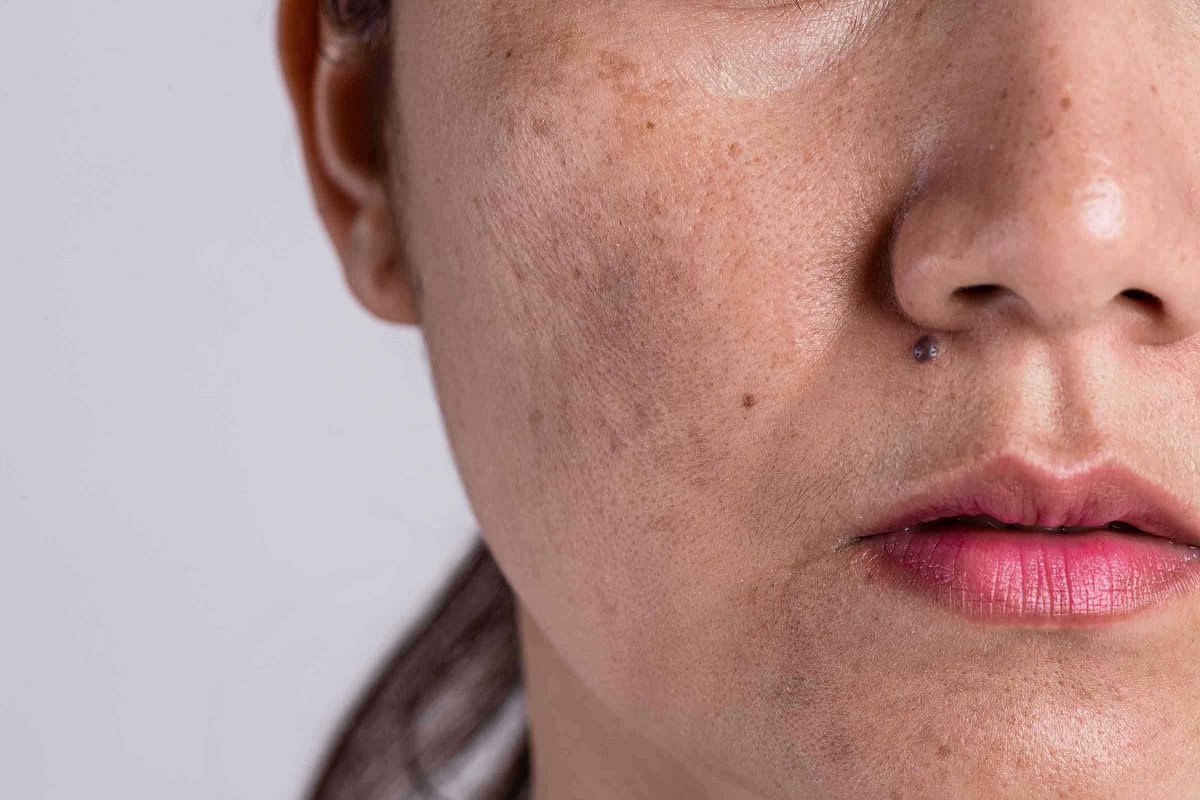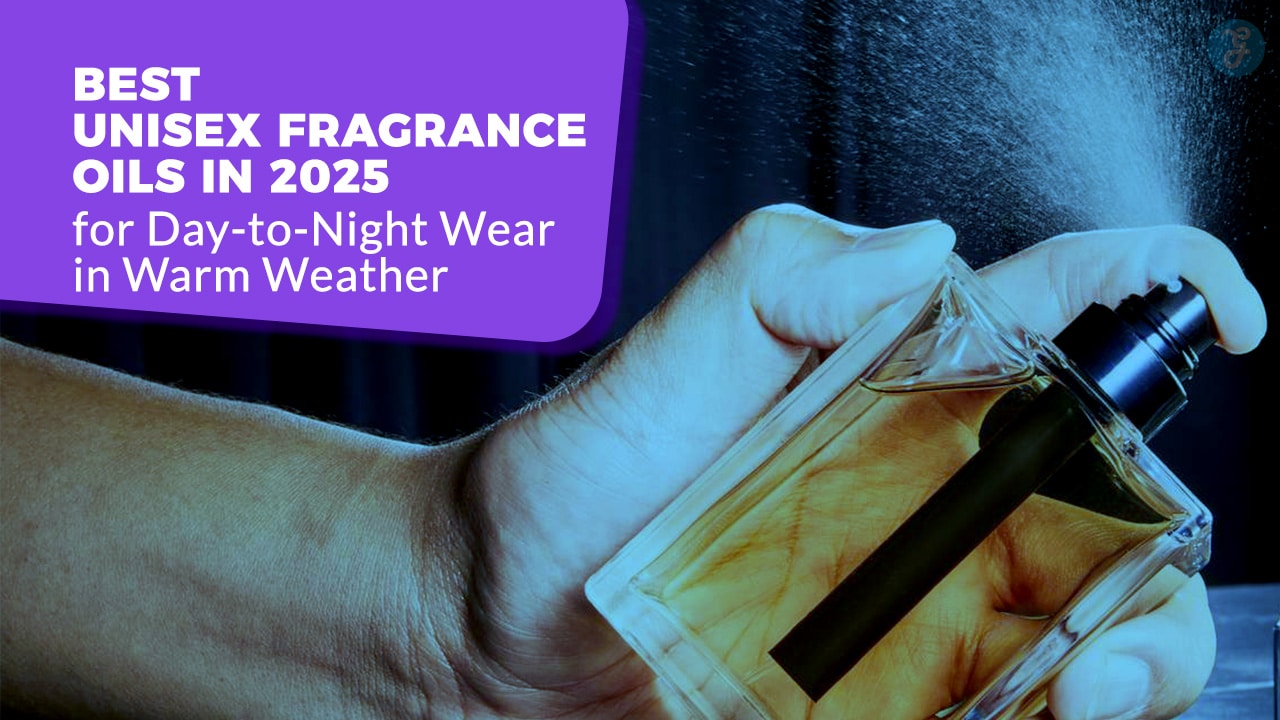It’s more common in women and constantly appears during and after gestation and in summer because UV radiation stimulates melanin production. There are three types of melasma. Epidermal melasma occurs in the superficial subcaste of the skin. Learn how to treat it and look perfect this summer.
What’s epidermal melasma?
Melasma is an excess of saturation that appears as a result of repeated overexposure to the sun. It’s more common in women and is relatively common in pregnant women. There are three types of melasma Epidermal melasma. It affects the superficial subcaste of the skin. It appears as brown spots. The shape is irregular, but the edges are well-defined. It may occur accompanied by swelling and further pronounced pores. Dermal melasma. It affects the deepest part of the skin.
It looks like bluish spots. Mixed melasma. It affects all layers of the skin. The sites are brown and argentine. It’s veritably delicate to treat. The hyperpigmentation of epidermal melasma is localized to large skin areas and the face, especially the chin, nose, and cheeks. However, it’s called chloasma or, more popularly, If a pregnant woman suffers from it.
Epidermal melasma isn’t dangerous, but it’s veritably uncomely. Possible causes are Overexposure to the sun. Hormonal factors. Precisely the melasma of gestation occurs since the skin is more photosensitive. Taking contraceptives can also grease the onset. See also Causes of mild skin hyperpigmentation Prevention of epidermal hyperpigmentation In utmost cases, epidermal melasma is delicate to help, as it’s related to inheritable and hormonal causes. For illustration, dark-bearded people are more likely to get melasma than those with lighter skin. Still, it can be averted by avoiding overexposure to the sun. Healthy habits to cover yourself from the sun will help you prevent melasma and other skin problems. Among these is print aging.
Melanomas. Cataracts and other vision problems. Weakening of the vulnerable system. Skin cancer. According to the National Cancer Institute of Paraguay, extreme care must be taken in summer since cases of skin cancer are on the rise due to long-term sun exposure. Following the recommendations of the said institute to help epidermal melasma and other skin problems in summer, I followed these tips Admire the recommended times for sunbathing.
These are until 10 in the morning and after three in the autumn. Use sunscreens. Choose the proper protection according to the skin phototype. Suntanning. However, start with short exposures until you reach the maximum time according to the FPS of your sunscreen If you want to achieve a lovely natural golden tinge. Thrashing beds aren’t recommended since skin damage is less than the sun. Triluma Cream 15 gm for Melasma and Tretinoin Cream 0.025 for Acne
Don’t expose yourself to the sun in a prolonged or early manner. Sunscreen is just one other element of defensive habits. Wear a chapeau, sunglasses, and cotton apparel that covers your arms and legs. Control spots and intelligencers. Any stain resulting from sun exposure should be a reason for discussion with a dermatologist.
Is there a treatment for epidermal melasma?
Treatments for epidermal melasma are the same as for other types of skin mars. Still, it’s necessary to consult with a dermatologist. It’s because, in some cases, treatment could make the situation worse. Shelling. It can be chemical or mechanical, although the most effective is chemical. Facial print- revivification. Palpitated light or ray is used.
The treatment consists of burning and removing the color present in the skin. Depigmenting creams. Depending on the case, treatments similar to Glycolic, a gentle exfoliator used for acne, or other facial diminutives may be recommended. These products help alleviate stains and can stop them from developing.
Epidermal melasma isn’t nasty, but it’s veritably uncomely. These spots, once they arrive, don’t go down, and in the case of the gestation mask, they can persist after delivery. Help it! What is? Melasma, popularly known as cloth, is soft dark brown spots on the face. It’s more common in women than men, and some factors favor its appearance, such as hormonal changes, use of contraceptives, inheritable factors, and exposure to ultraviolet radiation.
How does it manifest?
It substantially affects the forepart, cheeks, and upper lip. It doesn’t spawn any symptoms, but it can beget discomfort due to the appearance it generates. What treatments live? C colorful products help reduce the color, similar to hydroquinone, arbutin, and kojic acid. In addition, curatives similar to violent palpitated light or some spotlights can be used to optimize results.
Another drug that has come to revise the treatment for melasma is tranexamic acid. Still, we don’t recommend tone-bandaging any of the products we’ve mentioned since they must be indicated and supervised by a dermatologist.
How can we help it? Melasma can reappear despite treatment, so it’s imperative to avoid sun exposure and wear a chapeau or cap and daily sunscreen, retouching it every 3- 4 hours.










































